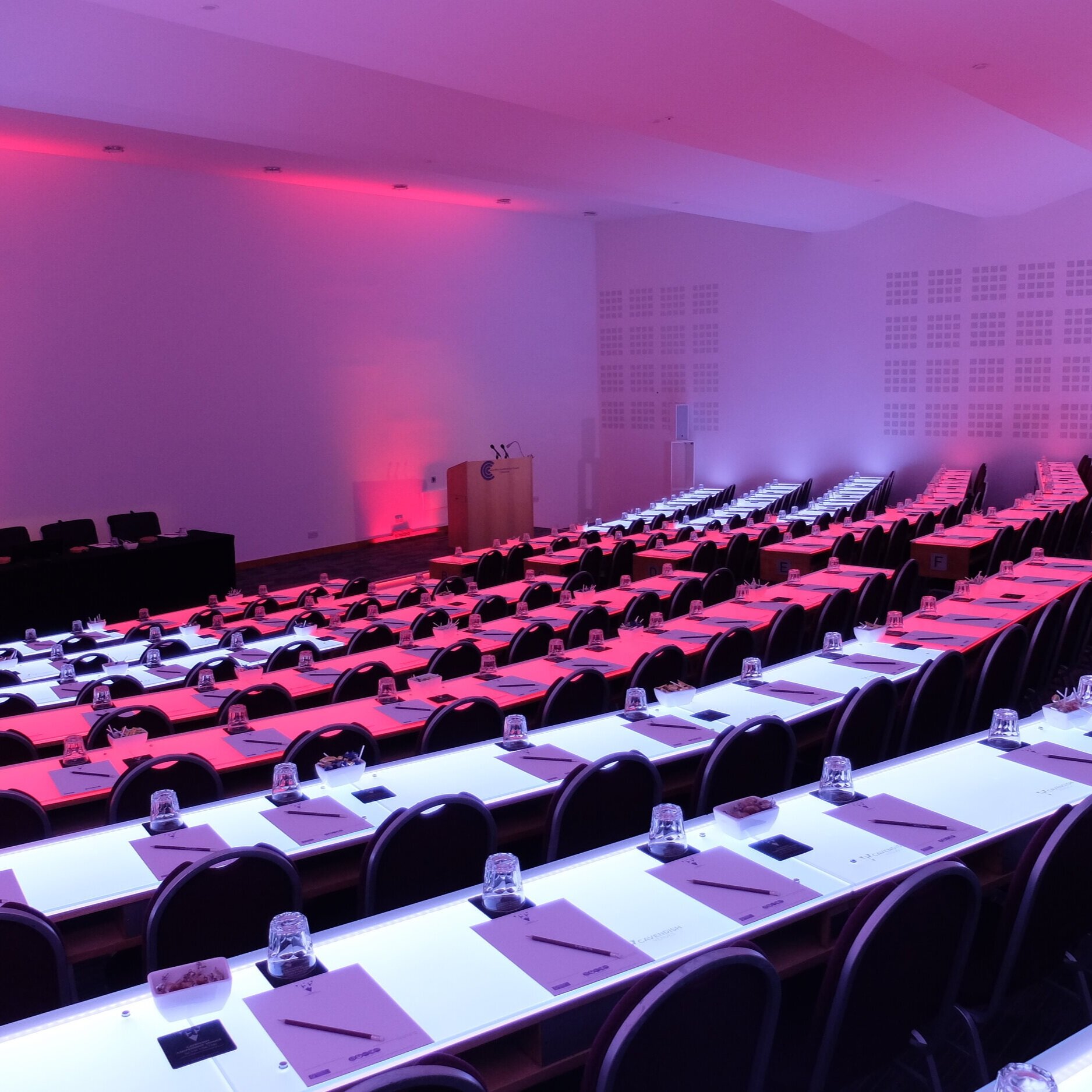Why are smart buildings important?
“A truly smart building is one where energy use, occupant wellbeing and resource utilisation can be controlled and optimised as a whole and not in competing parts. Where the interfaces are task and user-focused and changes to space, layout and use are easily accommodated.”
Why do we need smart buildings?
The world is changing and evolving constantly, along with our priorities – there is now a heightened focus on sustainability, energy efficiency, wellbeing and connectivity. These challenges have been gradually getting addressed for some time, however the pandemic may have accelerated the uptake further. There is a need for remote monitoring, preventative maintenance, and truly usable spaces.
A smart building is a living asset that is utilised by building and facility managers to improve operations. It is connected, using technology to automate processes and control building services including lighting, heating, air conditioning, security, etc. This is achieved through a network of sensors, wired and wireless technology and microchips to collect and aggregate data into a user interface which takes the guess work out of building control and maintenance.
Our buildings are becoming part of the Internet Of Things (IoT) and being used as an asset that is flexible and can adapt to change.
The ‘need’ for smart buildings has always been there, we just didn’t know that 20 years ago, technology wasn’t advanced enough, and the possibility wasn’t in our consciousness – but we are now seeing everything come together. Buildings are no longer solid, fixed, segregated lumps of concrete, they are extensions of the digital realm offering new capabilities that not only make our lives easier but also healthier and allow us to make better decisions. .
One of the many way’s buildings can become smart is through smart lighting, lighting is ubiquitous, therefore connecting each luminaire allows sensors within the lighting to monitor occupancy, temperature, and much more. Advanced interoperability also allows other devices and systems within a building or room to be connected, meaning everything is monitored through one centralised user interface - effectively creating a building management lighting control system.
The global smart lighting market size is projected to reach $38.68 billion by 2026, to register a CAGR of 20.5% during the forecast period (Allied Market Research 2019). This growth a reflection of the demand and necessity smart lighting fuels, ultimately creating smart buildings and therefore smart cities – with improved health and reduced energy consumption as key drivers.
Roger Woodward, Smart Buildings Consultant, believes “the time of smart lighting has arrived!”. In an interview with amBX he states “data unlocks the power to offer services that have always been there, but their full potential failed to be utilised due to the inaccessibility of data and the inability to quickly and easily view it and interact with it. Asset utilisation, space utilisation, energy, HVAC, security, air quality, etc. can be converged off-site and into a platform whereby people can actually use it”.
“It has also accelerated the engagement of the major IT companies, so we’re seeing Microsoft, Amazon, and Google actively getting engaged now with buildings and I think a lot of that is down to the different demands within our buildings now”. To read Rogers interview in full, click here.
Technology
Protocol agnostic solutions are thriving at the moment as they break down the barriers that have hindered the smart building revolution happening sooner, they can communicate in a variety of ‘languages’ which allow all aspects of a building to connect.
This communication technology is segmented into wired and wireless solutions. Protocols include: ZIGBEE, Bluetooth, Wi-Fi, PoE, MQTT, http, DALI, DMX & Artnet and many more. This means there are numerous solutions readily available for both new builds and retrofits, depending on requirements, costs and infrastructure.
‘Wired technology is augmenting the maximum [market] share as it is considered to be 20% - 30% less expensive than…wireless along with reduced energy consumption. Wireless technology is expected to grow with the highest CAGR in the forecasting period due to increasing accessibility of open-source software and advancement in wireless technologies and rising demand of wireless smart lighting systems for both building and home automation’ (Data Bridge Market Research 2019).
Read our blog on the top 5 smart building technology trends.











